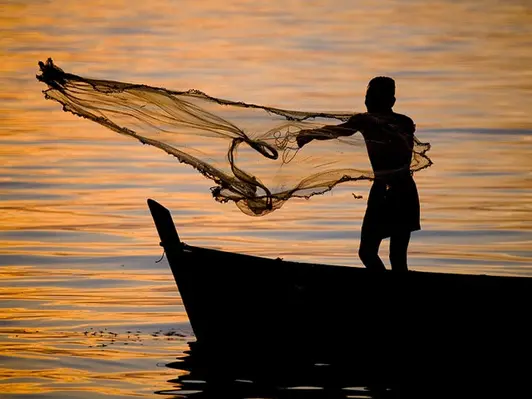The FAO has warned that the value and benefits of many coastal and inland fishery and aquaculture systems in APAC region will be compromised if the region does not move towards more sustainable practices
The rapid growth of aquaculture has greatly contributed to food security and rural livelihoods in Asia where some 90 per cent of the world’s aquaculture occurs – but its rapid development has also resulted in significant environmental degradation and it is now facing increasing competition for agricultural space and available freshwater, according to the FAO.
“Climate change, poor planning to develop fisheries and aquaculture sectors, ineffective governance in coastal and inland areas, illegal fishing along with other destructive human activities are contributing to irreversible damage of fishery habitats, ecological systems and biodiversity,” said FAO’s Francis Chopin. “But there are ways to increase production that are environmentally sustainable and that benefit everyone and that’s what we are discussing,” he added.
The ‘Blue Growth’ approach emphasises improved health of aquatic ecosystems through the development, testing and application of new and innovative use of technologies in control and management of fishing and aquaculture operations.
These approaches can minimise damage to aquatic and atmospheric environments and harness the potential benefits of improved habitats to increase biodiversity and enhance ecosystem services.
In Asia, 48mn people work in fisheries and aquaculture production, representing 87 per cent of the global total, according to the FAO paper. The sector provides some 170mn direct and indirect employment opportunities. Asia's fishing fleet makes up 73 per cent of the world's total, and the region employs 97 per cent of the world's aquaculture farmers.





